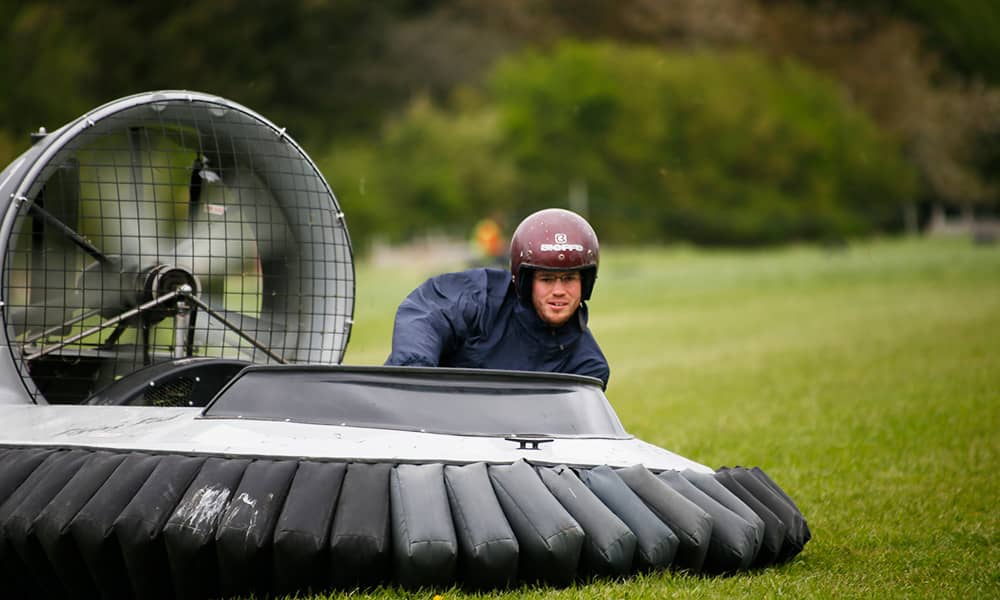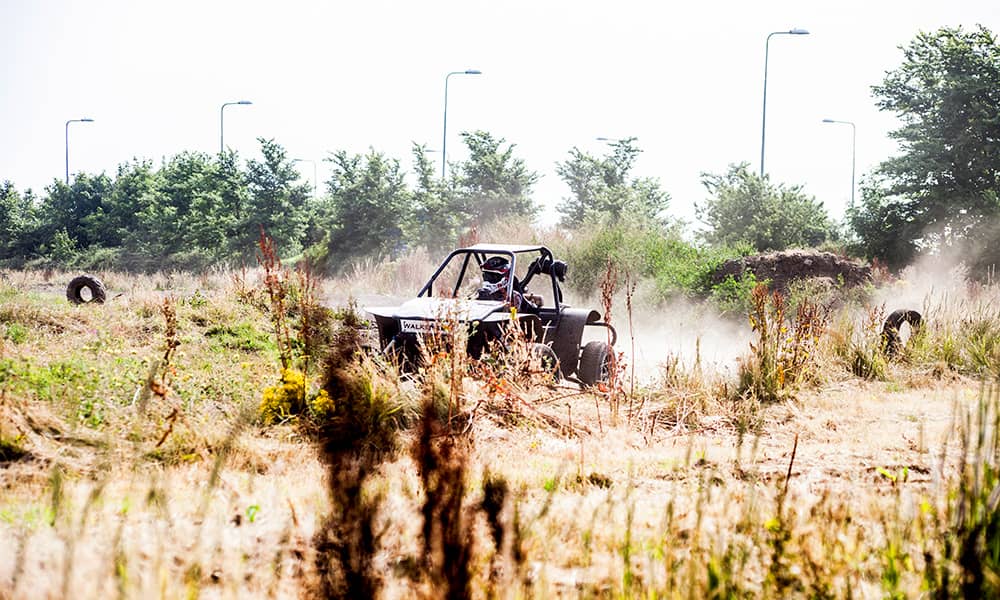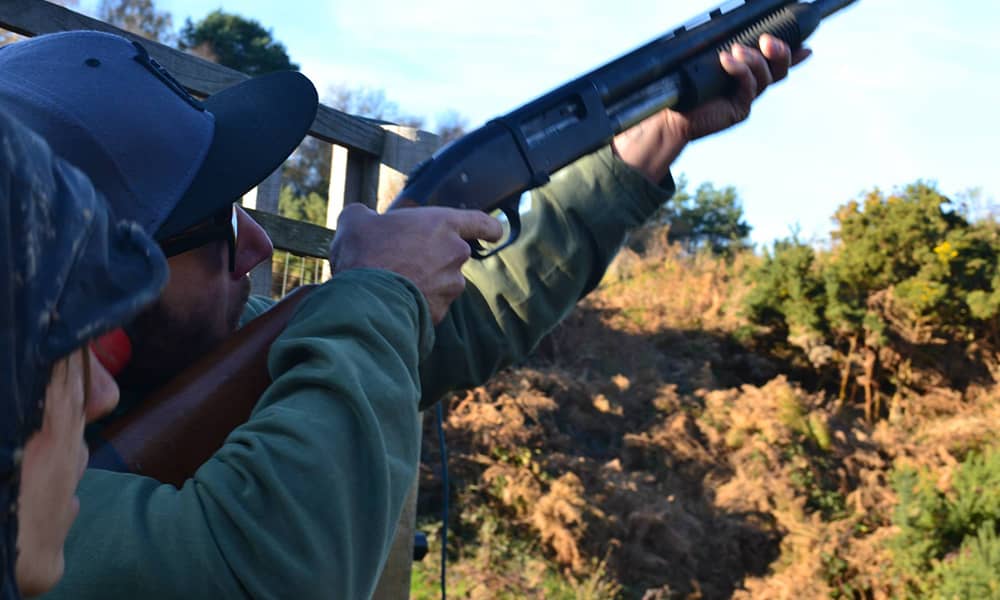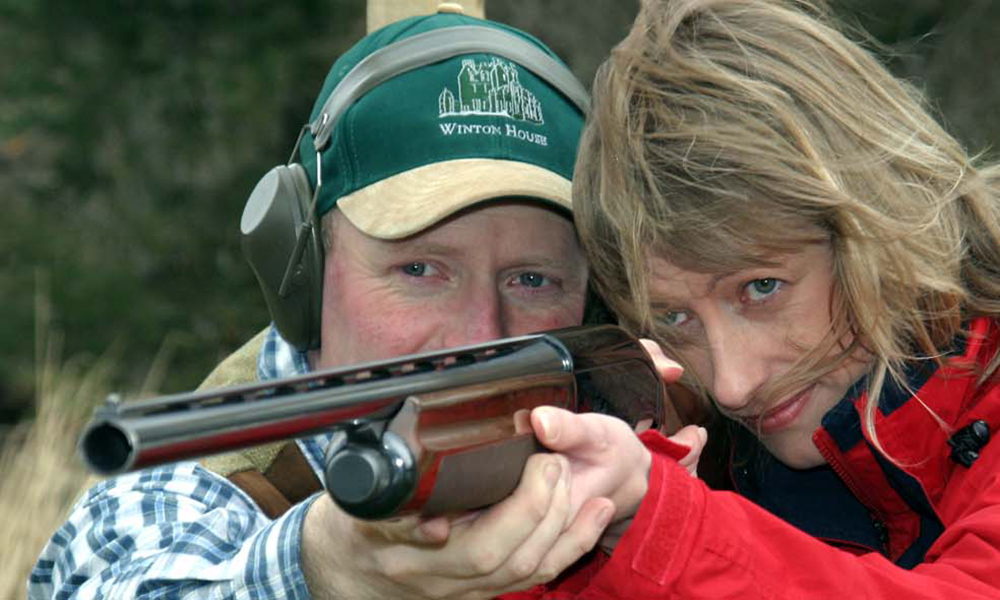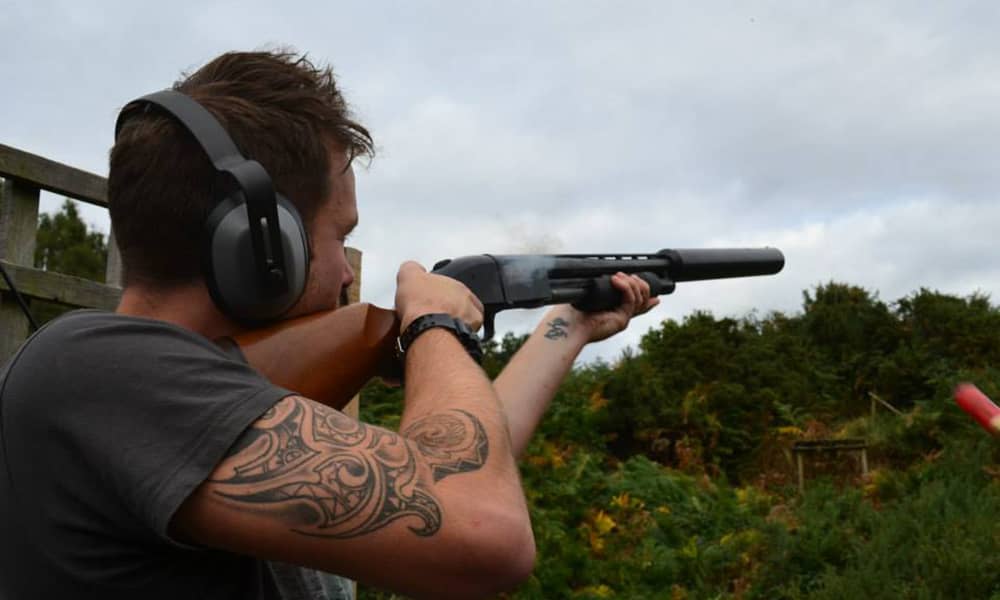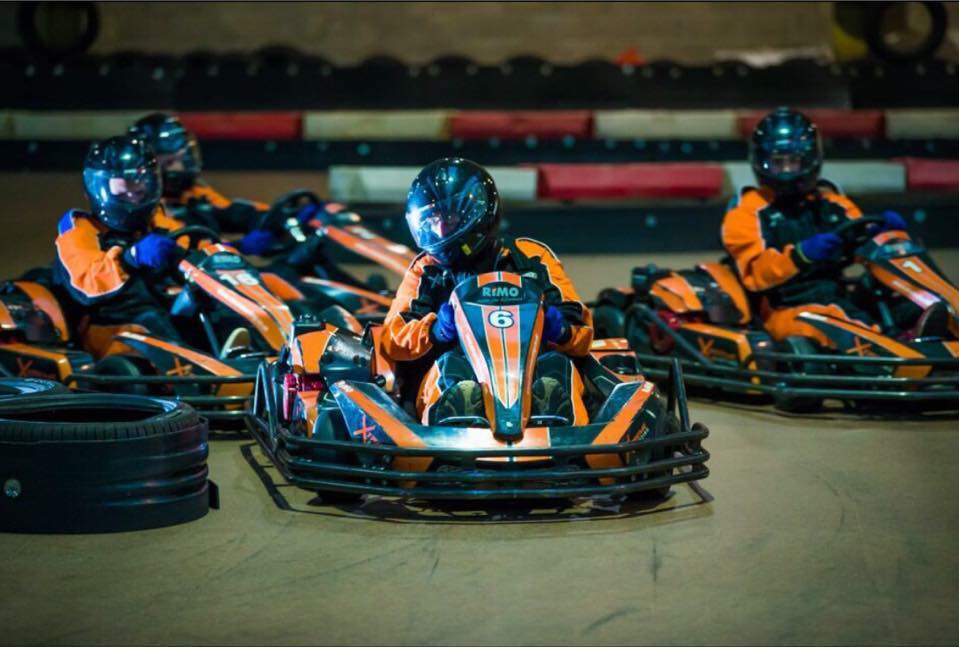
Hovercraft Racing
Fly across the track
-
The original group accommodation experts
Founded in 2000 -
Best price guaranteed
No messing around -
Stress free planning
We do all the hard graft
Accommodation:
Activities:
Evening:
Food:
Hovercraft Racing
Hovercraft Racing
Learn to fly a hovercraft and then try your new skills around a designated course, which is not as easy as it sounds.
Highlights
- Specialist equipment
- Experienced instructors
- Hovercraft driving
- Minimum number of 10 people
About Hovercraft Racing
What does the Hovercraft experience entail:
After being kitted out with all the necessary safety gear, hovercraft pilots are given brief but thorough instructions on how to operate the craft and then try it out for themselves. There are different UK tracks (not all have a water features), which between them offer a range of challenges that will keep the pilots captivated during every second of their experience.
Some tracks require great skill in order to navigate the brutal twists and turns, whilst the other is all about speed and getting over the water correctly.
What is a hovercraft?
A hovercraft is designed to glide over a smooth surface by hovering upon a cushion of slowly moving, high-pressure air. A hovercraft uses fans to create air vents under its body. The forced air makes a cushion between the vehicle and the surface, allowing the hovercraft to travel while lifted above the surface and with minimal friction.
The first technically and commercially viable hovercraft was invented and patented by the English inventor Christopher Cockerell in 1955.
The highest speed achieved on land by a hovercraft is 56.25 mph by John Alford (USA) at Bonneville Salt Flats, Utah, USA on 21 Sep 1998.
Plan the ultimate event in 3 simple steps
-
Build your trip
Choose from hundreds of houses, hotels & activities< to create an iconic getaway. Alternatively, get in touch and our specialists will piece together a bespoke proposal.
-
Secure a booking
All of our trips can be booked with small deposits so once you’ve decided on a trip, you can secure it super-fast and hassle-free through your party portal 24/7.
-
Finalise the nitty gritty
With an AC trip, you can change your group size and add bolt-ons up to 8 weeks before your event. Your event manager will also be on hand to help from your first click to your last drink.




